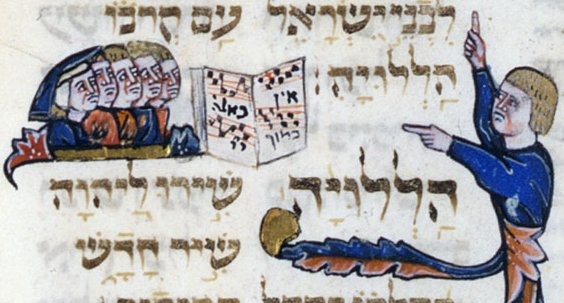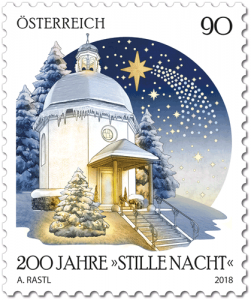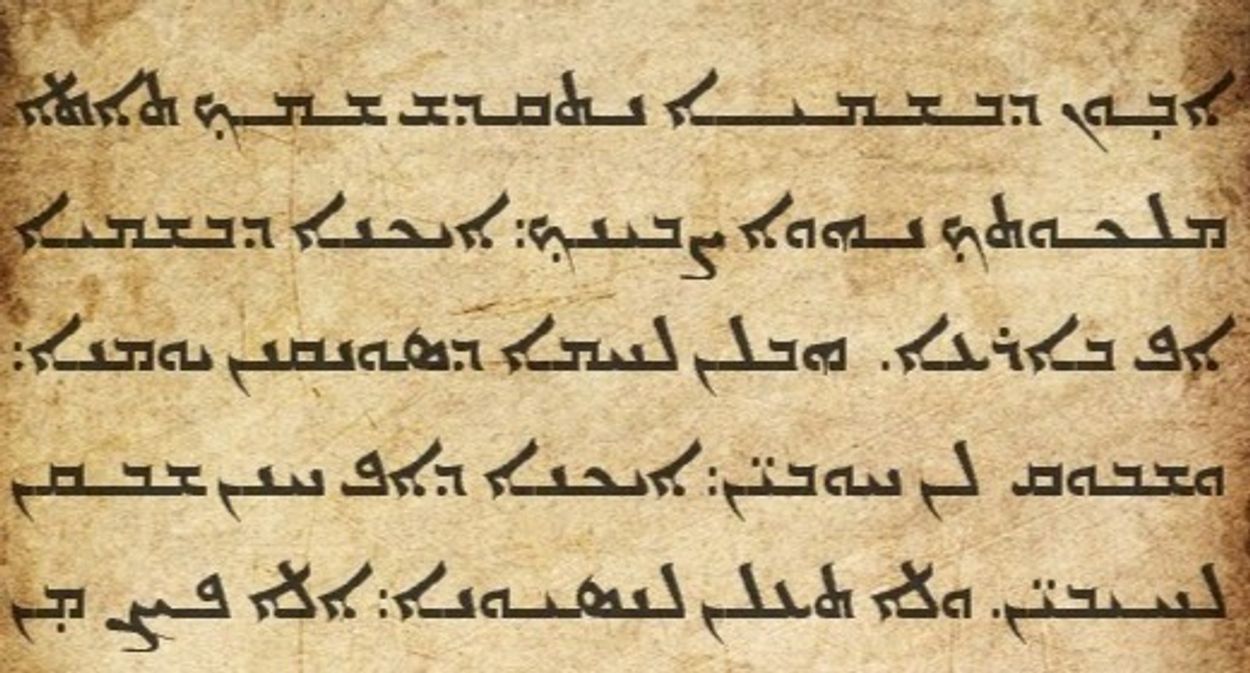WHERE IS THE LOST MUSIC OF THE PSALMS?
YEARS AGO, I sat at my desk reading my Hebrew Bible. Then I fell into a deep reverie, wondering where the lost music of the Psalms had gone and how I could find it. I asked myself, “Who would know this? Could the secret be with some rabbi or cantor in Yemen or Bukhara? Or is it buried in a cave somewhere, waiting to be found, like the Dead Sea Scrolls? Or is it just lost for ever?”
Little did I know that the lost music of the Psalms was lying right there, in front of my eyes…









